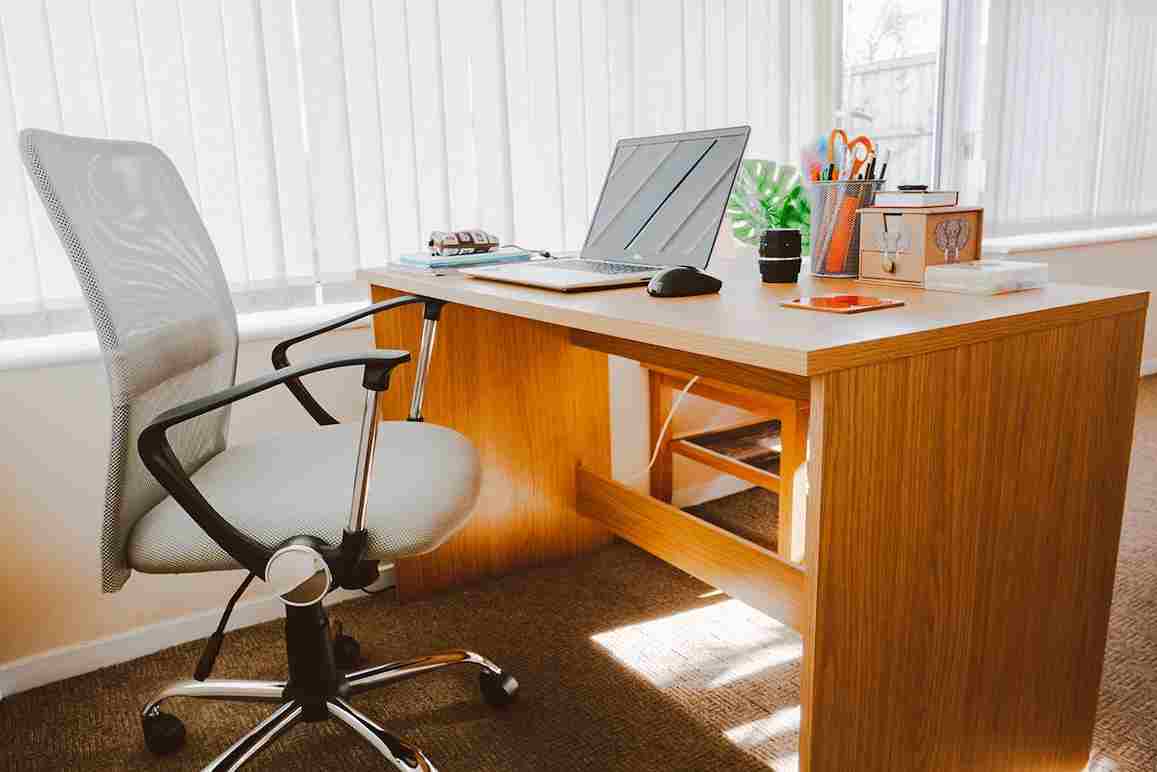
In the modern workplace, the significance of office furniture cannot be overstated. From enhancing productivity to promoting employee well-being, the right chairs and desks play a pivotal role in shaping a conducive work environment.
In this blog, we delve into the crucial aspects of office furniture and explore the impact of office chairs and desks on productivity, comfort, and overall workplace satisfaction.
Table of Contents
At the heart of a productive workspace lies comfortable seating. There are many different types of desk chairs, all of which cater to the different needs of employees and businesses.
Recognising the correlation between employee well-being and productivity, employers are increasingly prioritising ergonomic seating solutions. By investing in high-quality office chairs, organisations demonstrate their commitment to fostering a healthy work environment, increasing comfort and reducing health-related issues.
Desks serve as the focal point of workspace organisation, providing a dedicated surface for tasks ranging from computer work to paperwork.
The layout and design of desks influence the overall flow of the office, facilitating collaboration or individual focus, depending on the arrangement.
In open-plan offices and collaborative settings, desks play a crucial role in facilitating teamwork and communication among colleagues. Shared desks or communal workstations encourage interaction and creativity within teams.
The collaboration of chairs and desks is essential for creating a smooth running and visually appealing workspace.
Employing a sleek, unified design, whether through complementary colours, materials, or styles, enhances the visual appeal of the office while promoting a sense of unity among furnishings.
Recognising that one size does not fit all, offers employees the opportunity to personalise their workstations and fosters a sense of ownership.
Whether through adjustable features on chairs or customisable desk configurations, accommodating individual preferences contributes to overall workplace satisfaction and employee engagement.
The significance of chairs and desks in the office space extends beyond functionality, it encompasses employee well-being, productivity, and overall workplace culture.
By prioritising ergonomic comfort, space efficiency, and aesthetic appeal, businesses can create an environment where employees can thrive and contribute their best work.
Through thoughtful selection of office furniture, businesses can lay the foundation for a sleek, productive workspace that supports the diverse needs of their workforce.
While office chairs and desks undoubtedly form the backbone of a functional workspace, an ideal office environment needs to encompass more than just office furniture.
From lighting and layout to decor and amenities, every aspect plays a vital role in shaping an inspiring workplace. Let’s take a look at some of the other ways you can enhance your office space.
Lighting is a fundamental aspect of office design, influencing mood, energy levels, and visual comfort. Natural light is praised for its ability to create a sense of openness and connection to the outdoors, fostering a happy atmosphere.
Maximising natural light through windows not only reduces reliance on artificial lighting but also enhances employee well-being and cognitive function.
In addition to natural light, artificial lighting plays a crucial role in ensuring the office isn’t too dark or too bright. Utilising a combination of overhead lighting, task lighting, and ambient lighting allows for optimal visibility whilst reducing glare and shadows.
Adjustable lighting fixtures enable employees to tailor the lighting to their preferences, promoting individual comfort and productivity.
The layout of an office space significantly impacts workflow, collaboration, and communication among team members. Open-plan layouts allow for greater transparency and facilitate spontaneous interactions and creative ideas.
Alternatively, segmented layouts with designated zones offer privacy and quiet time for tasks that need a little more focused attention.
Flexibility is key in modern office design, with adaptable spaces that can be reconfigured to accommodate changing needs and work styles.
Modular furniture, movable partitions, and flexible seating arrangements empower employees to tailor their environment to suit specific tasks or collaborative projects, promoting innovation.
Beyond the confines of individual workstations, the ideal office space offers a range of amenities and facilities that cater to employee well-being and convenience.
Wellness rooms or relaxation areas provide an area for employees to recharge and decompress, promoting mental health and stress relief.
On-site facilities such as cafeterias, coffee bars, and recreational spaces encourage social interaction and create a sense of community among colleagues.
In today’s digital age, seamless integration of technology is essential for driving efficiency and collaboration in the workplace.
High-speed internet connectivity, wireless charging stations, and video conferencing facilities enable employees to stay connected and productive, regardless of their location or device.
Incorporating smart technologies and automation systems further streamlines processes and enhances operational efficiency.
From smart lighting and climate control to occupancy sensors and digital signage, leveraging technology optimises resource utilisation and enhances the overall functionality of the office space.
London is a cultural mosaic with great history and indulgence, so how can it be…
Are you searching for the best place to shop for Indian sarees in London? London…
Small businesses often find it difficult to navigate the UK banking landscape. There are so…
In the complex world of property finance, mortgage advisors are indispensable allies for anyone looking…
In the fast-paced world of the digital age, marketers often search for the next "big…
If you are a newly self-employed entrepreneur or freelancer, then chances are you’ve not even…